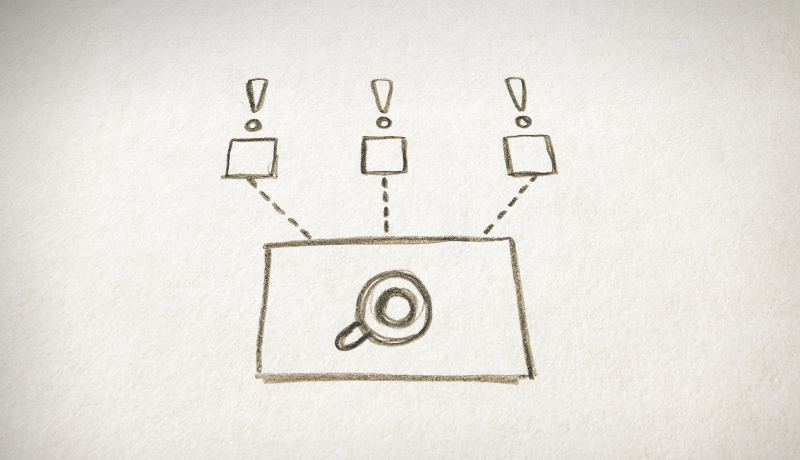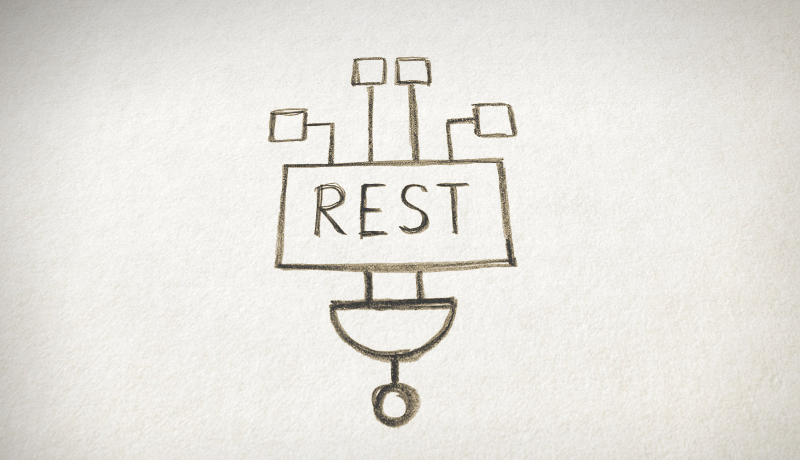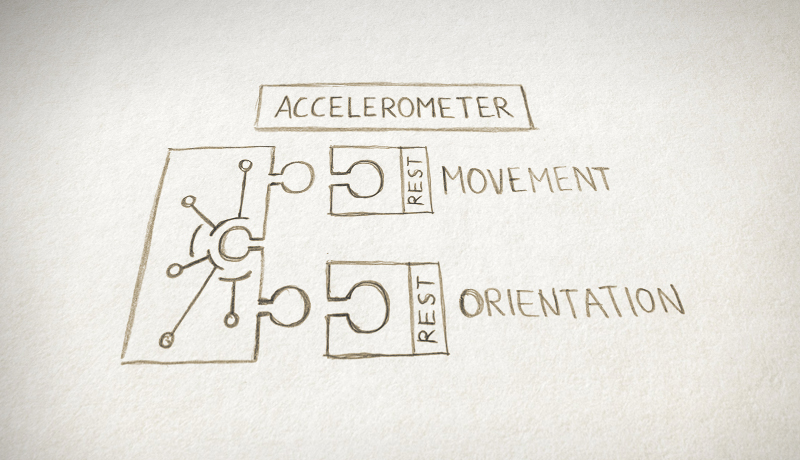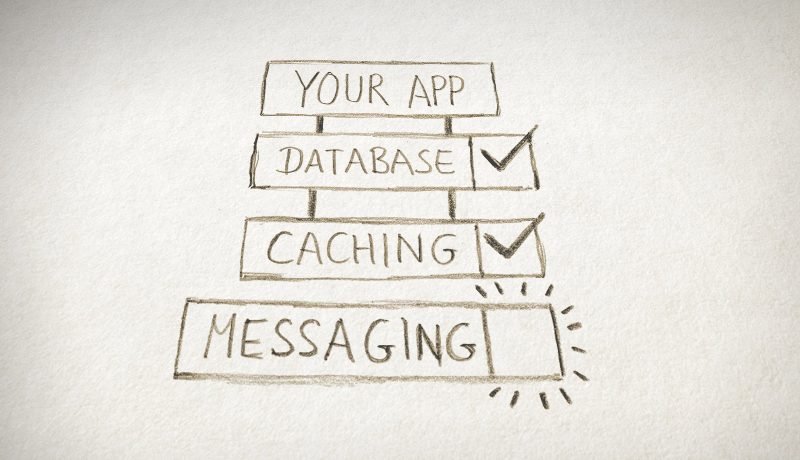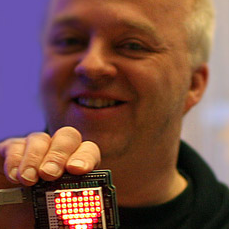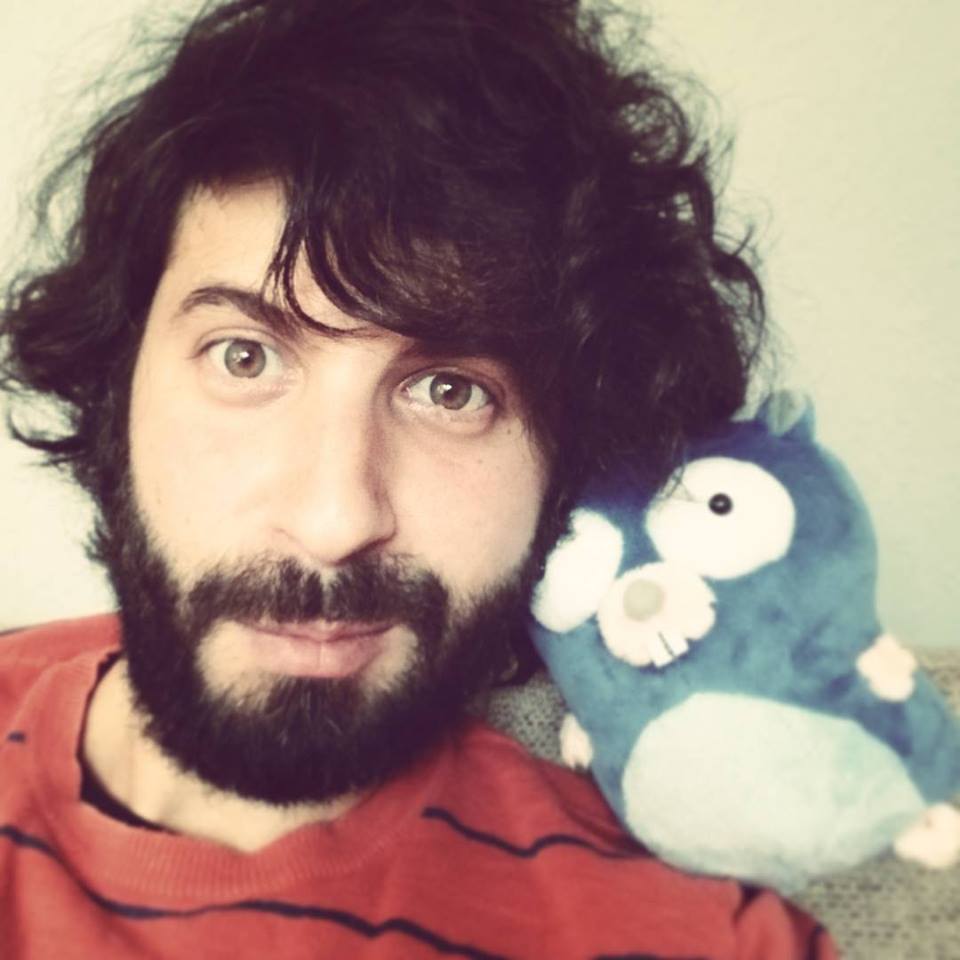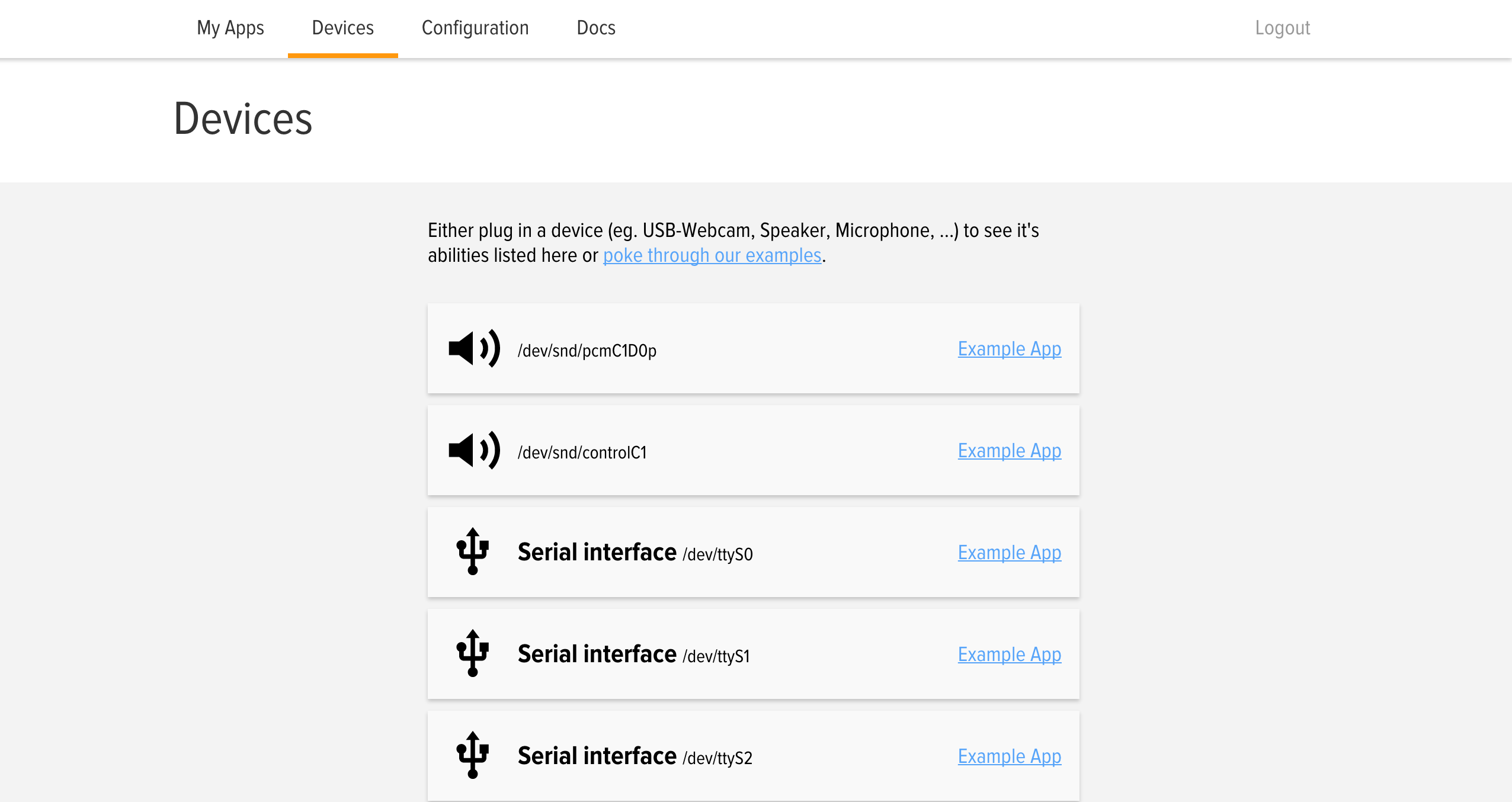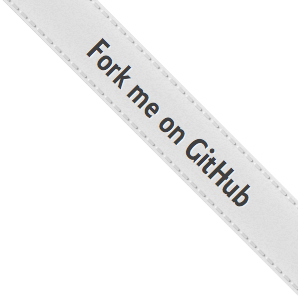So we decided to build an open development platform that makes the whole experience fun. It uses standard technologies like CoreOS and Docker and runs on your local machine. Here is the Experimental Platform:
-
Office Air Quality Indicator = Smartlight + CO₂ Sensor
Build a simple air quality indicator using a smartlight that turns from green to red depending on CO₂ levels.
-
Voice Based Cooking Timer =
Voice Recognition + Speakers
Use Jasper Voice Recognition to create your own Amazon Echo. Start with a simple voice based timer and build it out.
-
Smart Watchdog =
Smartlock + Webcam
Make your ip-based security cameras turn on whenever you lock your home using a smartlock.
Let's start
If you aren't already running the Experimental Platform, you will need to set it up. Luckily this is very easy:
Here is our example project: Connect a CO₂ Sensor to a Smartlight and create an Office Air Quality System:

-
Connect the hardware and find them in the Device Manager
Once you have activated the sensor and smartlight, they will show up in the Device Manager.
Don't worry if you don't have the hardware ready yet, we can skip this step for now and use virtual devices in this example.
-
Clone the example from github.com.
git clone https://github.com/experimental-platform/example-co2-to-hue.git && cd example-co2-to-hue
-
Deploy it
Now deploy the app to the platform (e.g. your VM or a local machine):
git remote add platform ssh://dokku@your-box.local:8022/example-co2-to-hue
git push platform master
You can find your freshly deployed app under My Apps.
-
That's it! Your app is now available within your local network and on the internet.
Locally via
http://your-name.local/example-co2-to-hue/
and remotely via
https://your-name.protonet.info/example-co2-to-hue/
And most important of all: it's not just super simple but the logic and your data stays fully under your control!
Turn it into the real thing

If you'd like to try the example on real hardware order the modules via the links below.
Order the CO₂ Sensor
co2meter.com
Order the Smartlight
amazon.com
Order the Mini PC
newegg.com
For more information on how to setup the CO₂ Sensor check out this little tutorial.
Spread the word
We believe in a decentralized alternative to our shiny new smart device world. So, if you like where this is heading follow us and star us on GitHub, you'll help us spread the word to make this even more useful!
If you've built a cool integration make sure you drop us a line at experimental-platform [át] protonet.info so we can include it in our example library (and yes - pull requests work too). For more infos, feel free to visit us in our Mountain View (CA) or Hamburg (Germany) office, invite us to a user group or just hit the links below:
Use your favorite technology
-
Node.JS
-
Ruby (on Rails)
-
Go
-
PHP
-
Python
-
Dockerfile
Use any language you like. Anything that works with heroku buildpacks can be used with the Experimental Platform. The interface to the hardware is http, so connecting to it should work in any common language.
This project wouldn't be possible without the extensive use of other great open source technologies: Docker, Dokku, Node.js, Go and so many more.
Here is a technical overview:

And please remember that this is under heavy development!


